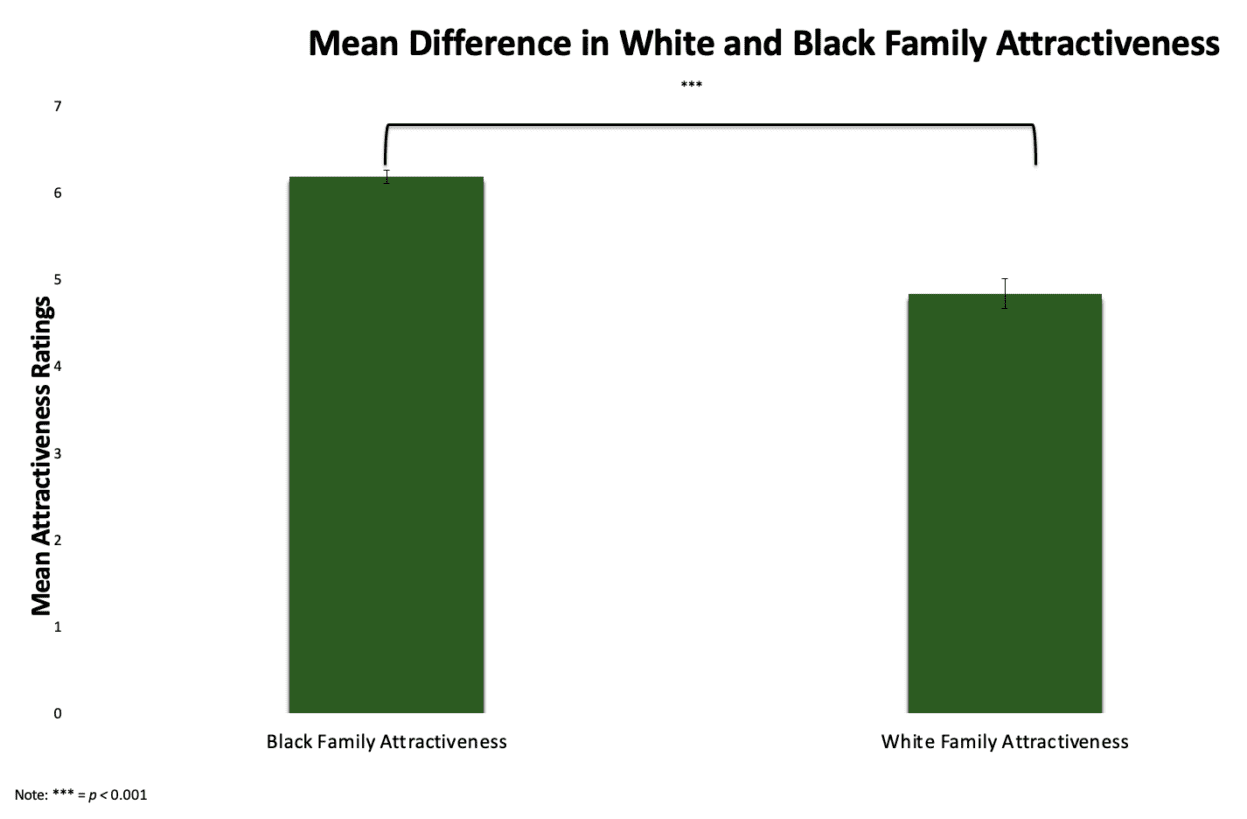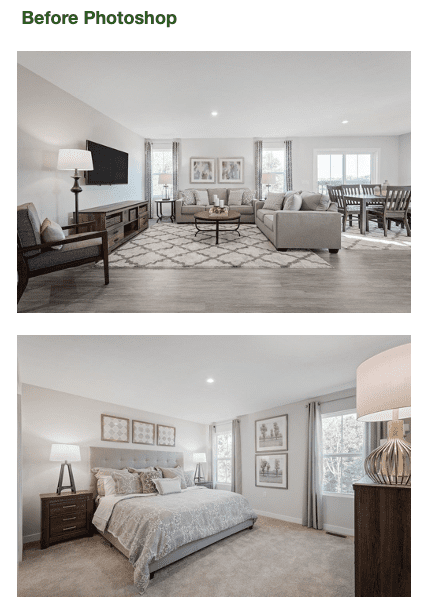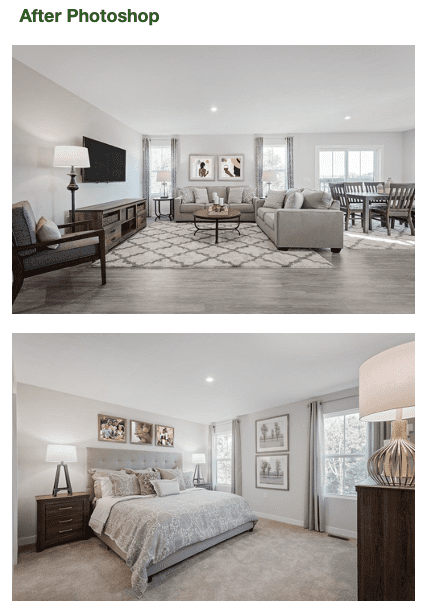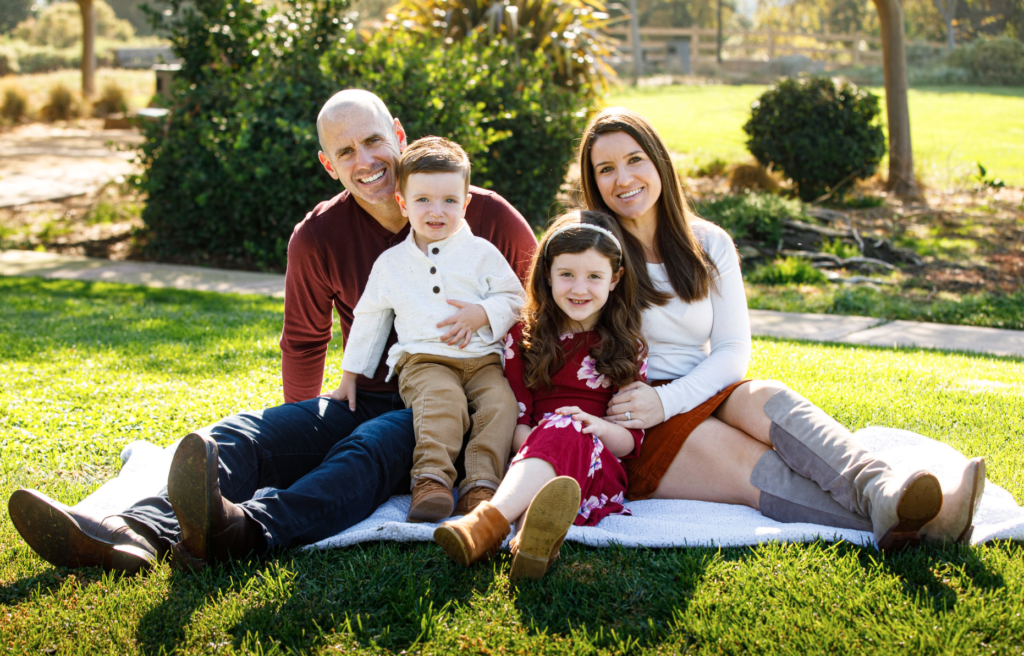Acknowledgements
We would like to acknowledge and thank Dr. Dawn Neill for organizing the inaugural CLA SURP, as well as our funding sources: the College of Liberal Arts, CLA Circle of Giving, Office of the Provost & Executive Vice President, and Office of Student Research.
Our Team

Amber Williams, Ph.D.
Research Advisor
Dr. Williams is an assistant professor in the Department of Psychology and Child Development. Her research interests focus on the role of race in shaping youths’ self-concepts, their relationships with in- and out-group members, and their academic outcomes.

Julie Garcia, Ph.D.
Research Advisor
Dr. Garcia is a professor and associate chair in the Department of Psychology and Child Development. Her research interests lie within social psychology including social stigma; self-esteem & self-concept; stereotyping & prejudice; and multiple social identities.

Carrie Langner, Ph.D.
Research advisor
Dr. Langner is a professor in the Department of Psychology and Child Development. Her research focuses on racial attitudes and intergroup friendship among elementary school children, emotional regulation, social status, health disparities, and the role of identity in political participation and collective action.

Yazmeen Norwood
undergraduate researcher
Yazmeen is a third-year Psychology student with a Child Development Minor. For this study, she worked with Adobe programs to manipulate photos for pretesting that were then photoshopped into a home that serve as indicators as to whether the home is owned by a White or Black family.
An Experimental Study of Racial Discrimination in Housing Perceptions: Photo Editing and Pre-Testing
Background
This study aims to examine how people may assess a home’s worth when the only difference between the homes is that one is owned by a Black family and the other is owned by a White family. Homeownership is a primary means of building generational wealth, and this research allows us to look at not only what attitudes and prejudices potential homeowners hold, but how these prejudices result in the devaluing of a home owned by a Black person. This work studies the attitudes and prejudices potential homeowners hold and may provide implications for the extent to which such prejudice results in the devaluing of a home owned by a Black person, thus contributing to compounding discrimination that affects Black people’s levels of wealth, which has a number of further downstream consequences.
Methods
Sample: 58 White adults (24.1% male 74.1% female, one person identified as non-binary), 18-61 years old (M=26, SD= 8.66)
Participants will view a home with the only difference being the types of photos in the home. There will be three between-subjects conditions: one home with photos of Black people, another with photos of White people, and another with “neutral” photos (e.g., plants/abstract). Participants will then answer questions about their assessment of the quality and worth of the home. Before conducting this experiment, we needed to pre-test the photos that will be digitally placed into photos of the home in order to eliminate as many confounding variables as possible.

This project was sponsored by the College of Liberal Arts, CLA Circle of Giving, Office of the Provost & Executive Vice President, and Office of Student Research.
Pre-Test Research Questions
- Do participants perceive the families as equally attractive?
- Do participants perceive the Black and White individuals as intended with regard to racial background (i.e., Is the Black family perceived as Black and the White family perceived as White?
- Do participants believe the home is desirable and of good quality?

We found a significant difference between the attractiveness ratings of the Black and the White families. Moving forward, we will find new family photos and pre-test them to see if participants will perceive them as equally attractive. We will know that we have finished pre-testing the photos when there is not a significant difference between how both families are perceived on scales of attractiveness.
Measures
- Measures of attractiveness (1-very unattractive to 7-very attractive)
- Home quality (1-very undesirable to 7-very desirable)
- Black/White perceived identification (1-very unlikely [that person is Black/White] to 7- very likely [that person is Black/White]).
Housing Photos


Pictured above is the initial house we pre-tested. We are now using a different house that looks more lived-in and will be adding the photos into it once we complete the next round of pre-tests.


The art that will be digitally placed in the homes was manipulated so that the only difference between the two sets of images are perceived race. We want to ensure that both the Black woman and White woman are perceived as such, so we edited the photos to eliminate any racial ambiguity


Pictured above are the family photos we pre-tested in regards to attractiveness. Rather than using two images of a family of four, we will be using photos of Black or White couples in addition to separate photos of a Black or White baby.
Next Steps
Moving forward, we will conduct our last rounds of pre-testing, edit the new photos into the new house, then administer our survey to participants.

